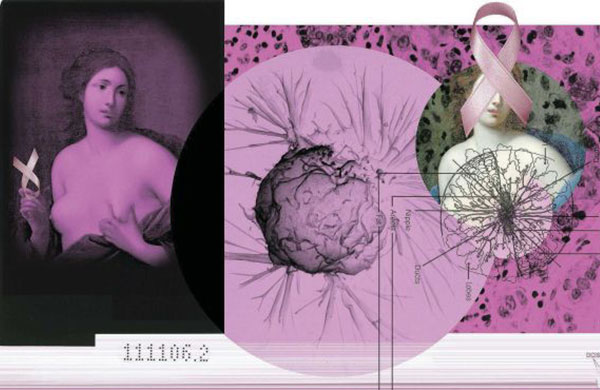 Osteoarthritis affects 13.9% of adults aged 25 and older and 33.6% of those aged 65 and older, which is an estimated 26.9 million US adults, making it the most common form of arthritis. Osteoarthritis or OA, very often affects the following joints: hands, feet, hips, spine and knees. This is the most common form of joint disease, with the lifetime risk of developing OA of the knee being a staggering 46% in the United States.
Osteoarthritis affects 13.9% of adults aged 25 and older and 33.6% of those aged 65 and older, which is an estimated 26.9 million US adults, making it the most common form of arthritis. Osteoarthritis or OA, very often affects the following joints: hands, feet, hips, spine and knees. This is the most common form of joint disease, with the lifetime risk of developing OA of the knee being a staggering 46% in the United States.
Osteoarthritis, also known as degenerative joint disease, is characterized by the breakdown of hyaline cartilage (the tissue that is at the ends of bones and provides cushioning) and the underlying bone within the joint. It can also lead to deterioration of tendons and ligaments, and inflammation or swelling of the joint lining also known as synovium. The disease is typically seen in middle-aged to elderly people and its onset is usually gradual.
It affects both sexes but is more prevalent in people with risk factors that include: older age, obesity, overuse due to occupation or sports injury, family members with OA, or joint deformity. The specific causes of OA are unknown, but it is believed to be due to molecular and mechanical events in the joint that is affected.
Typically, a doctor is able to detect OA by performing a physical exam and by paying attention to symptoms such as joint pain and stiffness, decreased function of the joint, swelling and cracking or grinding noise with movement. X-rays and other imaging tests can show specific changes in the affected joint, such as space narrowing and bone spurs.
There are currently several treatments for the joint damage caused by OA. Treatment focuses on relieving the symptoms and improving the function of the joint. For best results the doctor will use a combination of patient education, weight control, physical therapy and medications. Support devices like canes and braces are often helpful. Joint injections of hyaluronic acid can slow down the progression of the disease as well.
In osteoarthritis of the knee, the hyaluronic acid in the synovial fluid becomes diluted and breaks down. This increases the inflammation which is causing the pain, and leads to limited movement of the joint. A SUPARTZ joint fluid therapy focuses on providing temporary replacement for the diseased synovial fluid in the knee. The hyaluronic acid found in SUPARTZ therapy is an injectable solution made from highly purified sodium hyaluronate that is extracted from rooster combs, harvested from roosters that have been certified as suitable for human injection. The treatment is approved for five weekly injections that are performed right in the doctors office with the procedure lasting just a few minutes. The solution is injected into the knee joint space where it acts as a lubricant and a cushion.
There is ongoing research and development of new treatments for patients with OA. The future might involve injections of stem cells that would be able to fully regenerate the injured parts of the affected joints. For now, SUPARTZ injections are the most effective at reducing the damage caused by osteoarthritis.
__________________
Dr. Isaac Kreizman MD is a board certified pain management specialist, Dr. Charles Suede MD is a board certified anesthesiologist, trained in pain management and Dr. Andrzej Kozyra is a graduate of SUNY Downstate Medical School.



